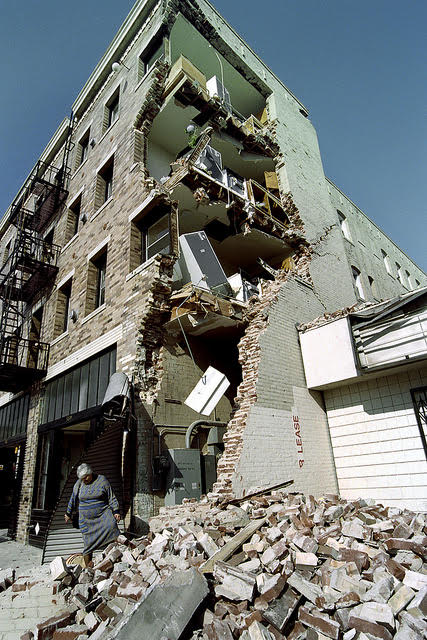
A number of disasters can affect our region but the coronavirus – COVID-19 -pandemic is the disaster we are facing now, not a major earthquake or wildfire. The City and County of Los Angeles are working together to ensure that consistent, accurate information is provided to the public to promote safety and wellness during this public health emergency. The City’s website has information and links to many helpful resources. HCIDLA’s website also has useful information about a variety of questions, resources and needs related to COVID-19:
- COVID-19 renter protections
- LA Community Resources guide for COVID-19 compiled by staff from LA City Bureau of Public Works and Los Angeles County Department of Health (When you open the document, please ‘right-click’ the links and select ‘open link’ to see the information)
- Resources for low-income residents
Consumer Update from the U.S Food and Drug Administration (FDA): Beware of Fraudulent Coronavirus Tests, Vaccines and Treatments Guidance in English, Spanish, Simplified Chinese, Korean, Tagalog and Vietnamese
While we focus on the COVID-19 pandemic, we should remember that Southern California is overdue for a major earthquake along the San Andreas Fault. In Los Angeles, we learned from the 1971 Sylmar Earthquake and the 1994 Northridge Earthquake that during a strong quake many of our homes – apartments, houses and condominiums – will be damaged and some will be destroyed. Some persons will be injured and others may perish when their homes, and other buildings, are damaged. More recent catastrophic disasters around the world have raised our awareness about the need to plan ahead. We want to prepare as much as we can now, before a disaster, to prevent harm to our residents after a disaster. This is why the City of Los Angeles enacted ordinances mandating seismic retrofit of identified vulnerable multistory residential properties in 2015.
Below is a detailed description of local disaster housing planning work done between 2011 and 2014. We continue to improve our preparedness and planning efforts related to housing and community services.
REGIONAL DISASTER HOUSING PLANNING PROJECT
Using grant funds from the Federal Emergency Management Agency (FEMA) Regional Catastrophic Preparedness Grant Program (RCPGP) for disaster housing planning, the Los Angeles Housing + Community Investment Department (HCIDLA) organized a Regional Disaster Housing Planning Project focused on residential recovery and reconstruction throughout five counties: Los Angeles, Orange, Riverside, San Bernardino, and Ventura. The planning project worked over three years – from 2011 through 2014 – to bring together local government agencies dealing with housing, building code enforcement, land use planning, and emergency management, plus State, Federal, and other disaster and housing experts, and private entities including housing developers, lenders, apartment associations, insurance companies, housing advocates, and other interested parties in a Disaster Housing Working Group.
At the Disaster Housing Working Group meetings, the participants shared their expertise, ideas and lessons learned from a variety of local disasters over the past 40 years. Monthly discussions were held in person and by conference call. Working Group discussions played a critical role in the development of several reports and the Disaster Housing Planning Guide described below, which are available to download from this website. These resources will enable jurisdictions throughout the five-county region to create their own local disaster housing plans.
The Disaster Housing Assessment and Gap Analysis Report examined the state of disaster housing preparations within our five-county region in 2012. Disaster Housing Working Group participants and other stakeholders completed a survey designed to evaluate existing disaster housing coordination and preparedness within, and between, jurisdictions, recognizing the various cultural, legal, policy, and bureaucratic constraints.
While voluntary organizations such as the American Red Cross may provide immediate sheltering to displaced residents following a disaster, permanent housing arrangements may not be available for a long while. The purpose of Short-term, or Interim, Housing is to fill the housing needs of persons who cannot return home until permanent housing is made available through repair and rehabilitation of damaged existing housing and new construction. The Short-Term Housing Options Report will help local jurisdictions identify the factors to consider in determining which sites and facilities may best fit their needs after a catastrophic disaster.
The Legislative and Regulatory Resources and Barriers Report identifies local, state, and federal laws, regulations, proposed legislation, existing programs and practices that can facilitate, hinder, or prevent pre- and post-disaster disaster residential preparedness, mitigation, recovery, and reconstruction.
The Disaster Housing Planning Guide was drafted utilizing all research conducted on this Regional Disaster Housing Planning Project and factors and considerations identified in the Assessment and Gap Analysis Report, the Short-Term Housing Options Research Report, and the Legislative and Regulatory Resources and Barriers Report, along with all input received from Disaster Housing Working Group participants. The Planning Guide contains a Disaster Housing Plan Template and resources for information gathering to assist local jurisdictions to create their own disaster housing plans.



